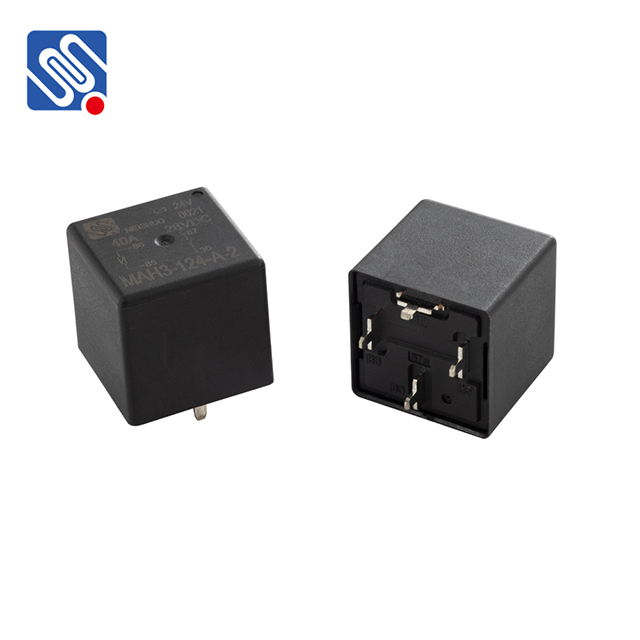Relay assembly techniques are fundamental in the realm of electrical engineering, particularly in automated control systems. They provide a seamless connection between low-voltage control circuits and high-power systems, allowing engineers to design safe, efficient, and reliable electrical systems. This article will explore the core concepts, components, and practical considerations in relay assembly techniques, shedding light on their importance and applications.

What is Relay Assembly? Relay assembly refers to the process of designing, constructing, and connecting relays within a control system to perform tasks like switching, controlling, and protecting circuits. A relay is an electrically operated switch that allows one circuit to control the operation of another. The concept is simple: a small control signal, often from a microcontroller or manual switch, activates the relay’s coil. This, in turn, opens or closes the relay’s contacts, enabling it to control a much higher current or voltage circuit. Core Components of Relay Assembly The relay assembly consists of several key components that work in harmony to ensure efficient operation: